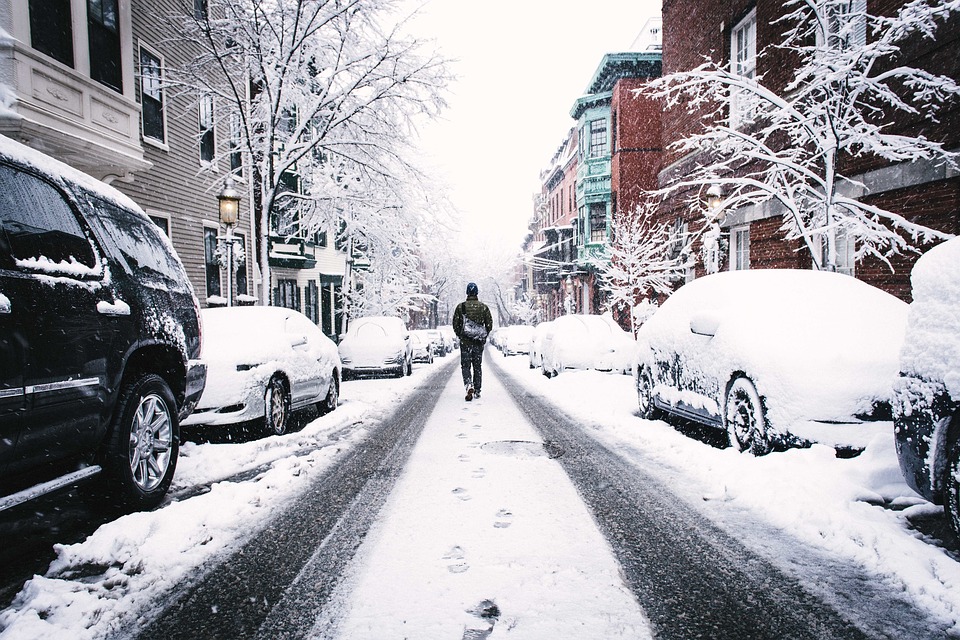Winter Driving Safety Tips

The winter season is here, which means the temperatures will get cooler, the weather drier, and the days shorter. However, this time of year also poses a serious safety risk for drivers.
Among the busiest travel days of the year are Christmas and New Year's Eve. According to the AAA, more than 90 million Americans travel during this time. It's not just the sheer traffic that makes winter travel dangerous; it's also the road conditions. With many cities blanketed in sheets of snow and ice, you'll need to take a few extra precautions to stay safe when driving during the winter weather.
Accelerate and De-accelerate Slowly
One of the most common mistakes drivers make during the winter is pressing down on the gas or brake pedal with excessive force. In icy conditions, this only increases the risk of a spinout, which could in turn lead to a collision. Rather than hitting the gas or brake, try pressing down on it slowly. Doing so helps to maintain control of the vehicle, reducing the risk of a collision.
Give Yourself Extra Stopping Distance
You should also give yourself extra stopping distance when driving during the winter. The snow and ice creates a slick surface that ultimately increasing stopping time. To reduce the risk of a collision, give yourself extra space when driving behind other cars.
Stay Off the Roads
If the local weather is calling for severe winter weather, try staying off the roads until it clears. Driving in severe winter weather when it's not absolutely necessary only increases the risk of injury to both you and other motorists.
Brake Inspection
When was the last time you had your brakes inspected? If it's been over a year, perhaps you should take your vehicle to the local automotive shop for an inspection. Brakes are one of the most important components of modern-day vehicles, and they are even more important when driving in winter weather.
Create an Emergency Roadside Kit
Do you have an emergency roadside kit available in your car? If not, you should create one now. Breaking down on the side of the road is never fun, but it can prove downright dangerous during the cold winter weather. A basic roadside emergency kit should include a few necessities, such as road flares, a tire patch, flashlight with extra batteries, water, a thermal blanket, duct tape, electrical tape and automotive tools.
Recent Posts
-
Fire Safety in the Workplace: What You Need to Know
What steps are you taking to prevent fires in your workplace? According to the U.S. Occupational Saf …Aug 23rd 2023 -
Is It Safe to Go Jogging With a Cold Infection?
If you're suffering from a cold infection, you might be wondering whether it's safe to go jogging. T …Aug 22nd 2023 -
5 Safety Tips to Follow When Using a Powder-Actuated Tool
Powder-actuated tools are commonly used to join materials to steel and concrete. Also known as Hilti …Aug 20th 2023



